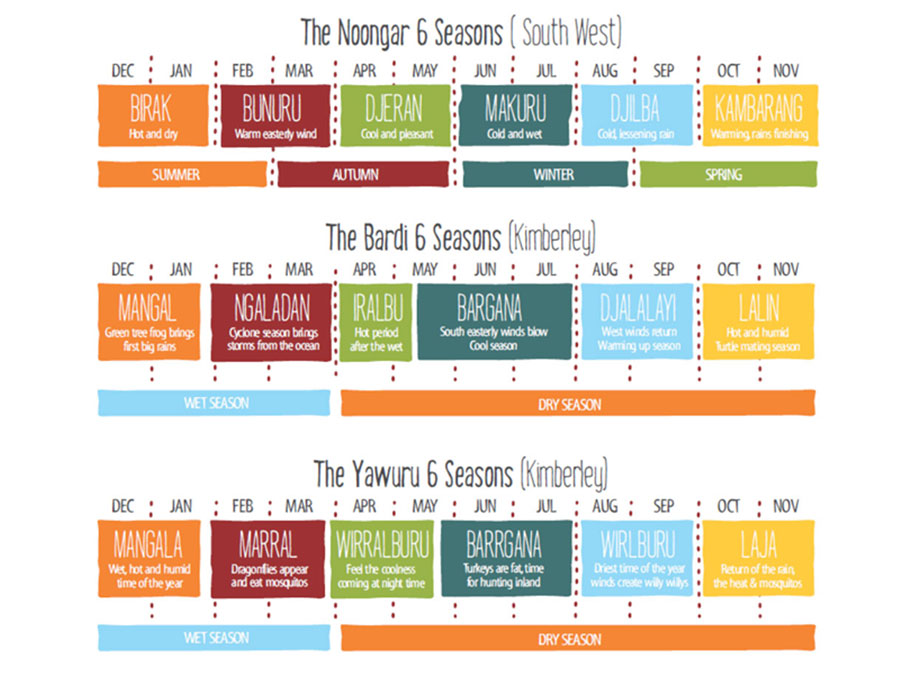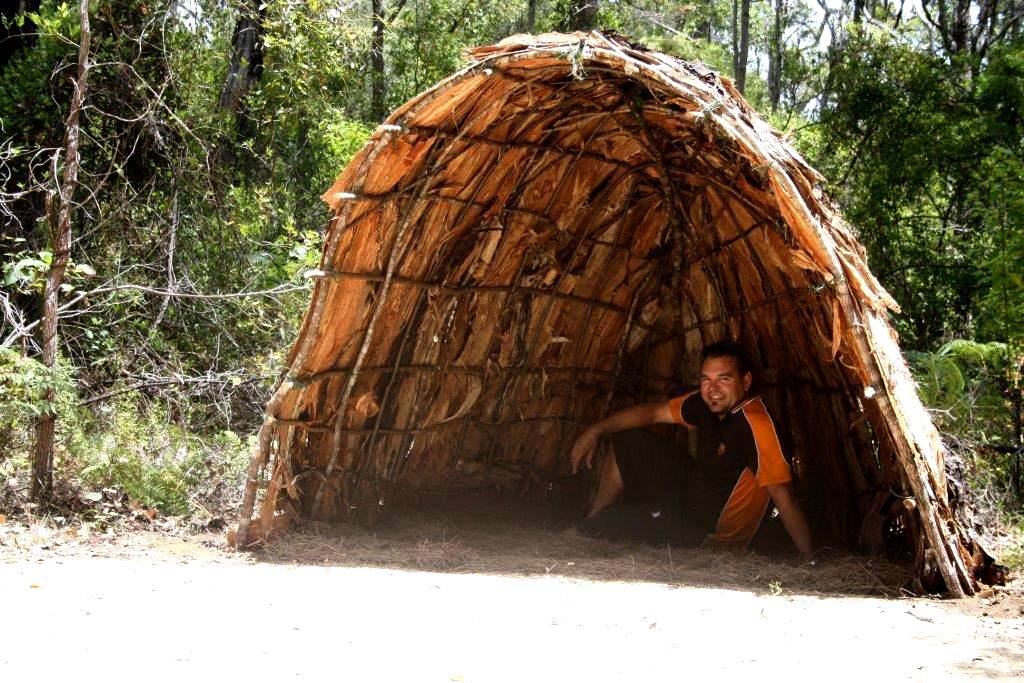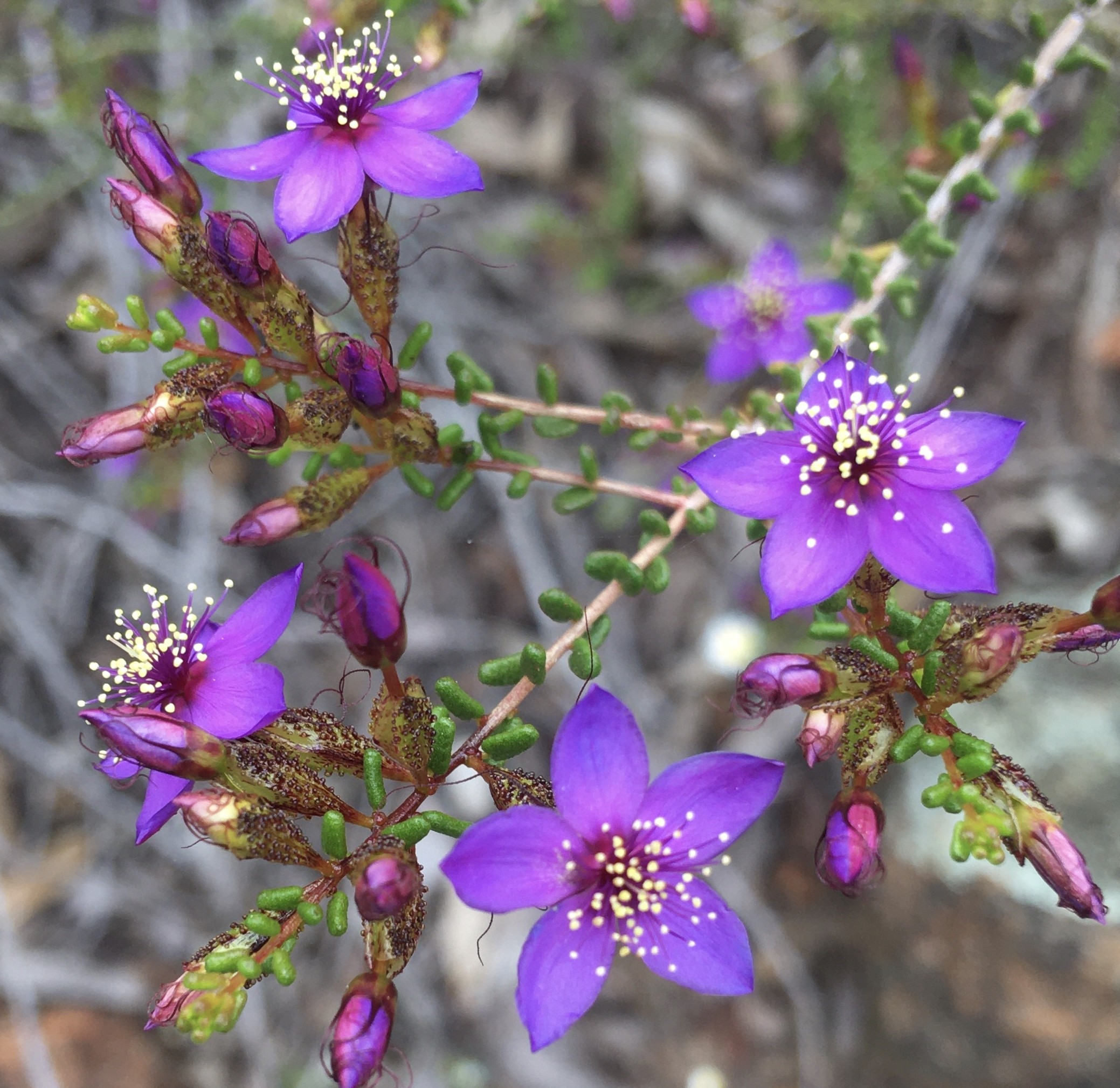
While you snuggle into your thick doonas, sipping hot chocolates, do you ever wonder how the traditional owners of the land coped with the changing seasons? As the temperatures drop lower and lower, we have the modern technology to stay warm, but the native Noongar people had a very different way of adapting to the ever-changing seasons.
Makuru, the season spanning from June to July, is the coldest and wettest time of the year — aligning with winter. This is when the Noongar people would move away from the sea and head inland. Away from the cold winds that bring the wet weather.

Makuru is also known as the season of fertility, as this is when animals begin pairing for the upcoming breeding season. You may notice wardongs (ravens) flying together; if you live along the lakes and rivers of the Noongar region you may notice an influx of mali (black swans), which are also preparing to breed.
The blues and purples of the land will start to burst forth, from the Blueberry Lilly
The Aboriginal six-season calendar varies for different groups throughout the state and across Australia. It acts as an extremely important guide, outlining what nature is doing at every stage of the year, and how to live safely, sustainably, and respectfully in relation to the land, plant and animal cycles and the preservation of environmental ecosystems.
